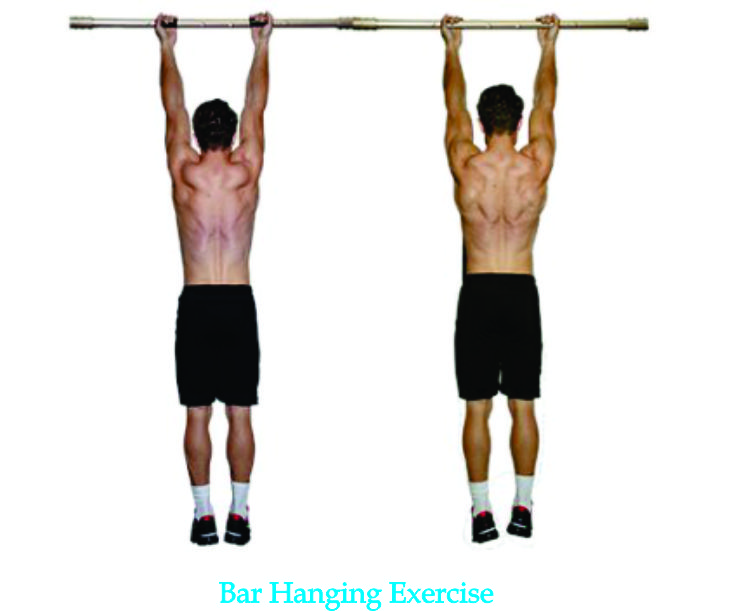Wednesday, June 10, 2020
Isometrics For Core Strength And Better Posture
Working the Core Muscles whether dynamically or Isometrically helps prevent injuries to the lower back and sides but for the most part, many train the Core to have that six pack look and have a thin ass waist. There's nothing wrong with wanting to look like a million bucks but if you don't have the strength and conditioning or the flexibility, looks will only take you so far, they may make you money possibly but you'll be plagued by injuries easier later on in life or sooner.
From an Isometric standpoint, you don't need to do a ton of exercises to work that center of the body. Maybe 3-4 should do the trick if you understand the technique and the breathing aspects. The Core is usually always activated in a lot of exercises as it is because in a lot of cases, you have to be stable in order to pull them off. If you slouch or don't pay attention to the movement or the hold, you're going to pay a hefty price and suffer a hernia or worse.
Karl Gotch talked about the two C's of muscle that gives you a clear distinction to how certain people last or become Injury Proof; there's the Counterfeit Muscle where you have the bodybuilder type look where it looks straight out of a comic book and has a plethora of ripped, shredded and even bulky structures but outside of that, they can't do a damn thing when it comes to fighting and real world cardio. This look burns out faster and if you're tired within a minute, you're a dead man. The second he talked about is called Conditioned Muscle where although you may have an athletic build or carry a bit more body fat, you have a better set of qualities of endurance, long-term strength, agility and flexibility where you have a far lesser chance of being injured. You want to see the difference in action, check out on youtube the fight between Maurice Smith and Mark Coleman in the UFC. Another look at the two major differences would be the Greco-Roman Gold Medal Match between Rulon Gardner and Aleksandr Karelin in the 2000 Olympics.
Two of my favorite Isometric Core Exercises is the Arch & Hollow Body Holds. They target the whole body but at the same time, you're generating great power and stability in the Core Muscles. Great for developing posture and developing injury-proof abs. Another great exercise is one you can do after waking up in the morning or at any time during the day; it's called the Farmer Burns Stomach Flattener. It's very simple to do and this can be done seated, standing or laying down on the back, you inhale as you pull the stomach in, once you hit the full inhale, exhale and and squeeze the abs as you make the "sssss" or "ffff" sound. You'e not just working your abs, you're hitting the transverse muscles, the obliques, the low back and the upper/lower abdominals.
When it comes to Posture, in my personal opinion, the best exercise or Isometric would be to just hang from a pull-up bar, even if you can only hold it for a second that's ok, just build up little by little. This builds a tremendous stretch in the obliques and helps ease tension in the lower back. This exercise alone when practiced regularly, can possibly man handle that slouch you have and get you to that natural upright position. People have even experienced adding an inch or two to their height. Now this isn't to say you'll turn into Shaquille O'Neal but it'll help develop your natural height and have that feeling of being taller than you normally are.
Isometrics for Core Strength and Posture is not just about looking good and having punch-proof abs, those could end up being just a bonus, it's really about creating a better conditioned center of your body and being able to move without putting your back in danger doing small things. Train your Core with efficiently and you'll be rewarded in ways you've never experienced before.
Subscribe to:
Post Comments (Atom)







No comments:
Post a Comment